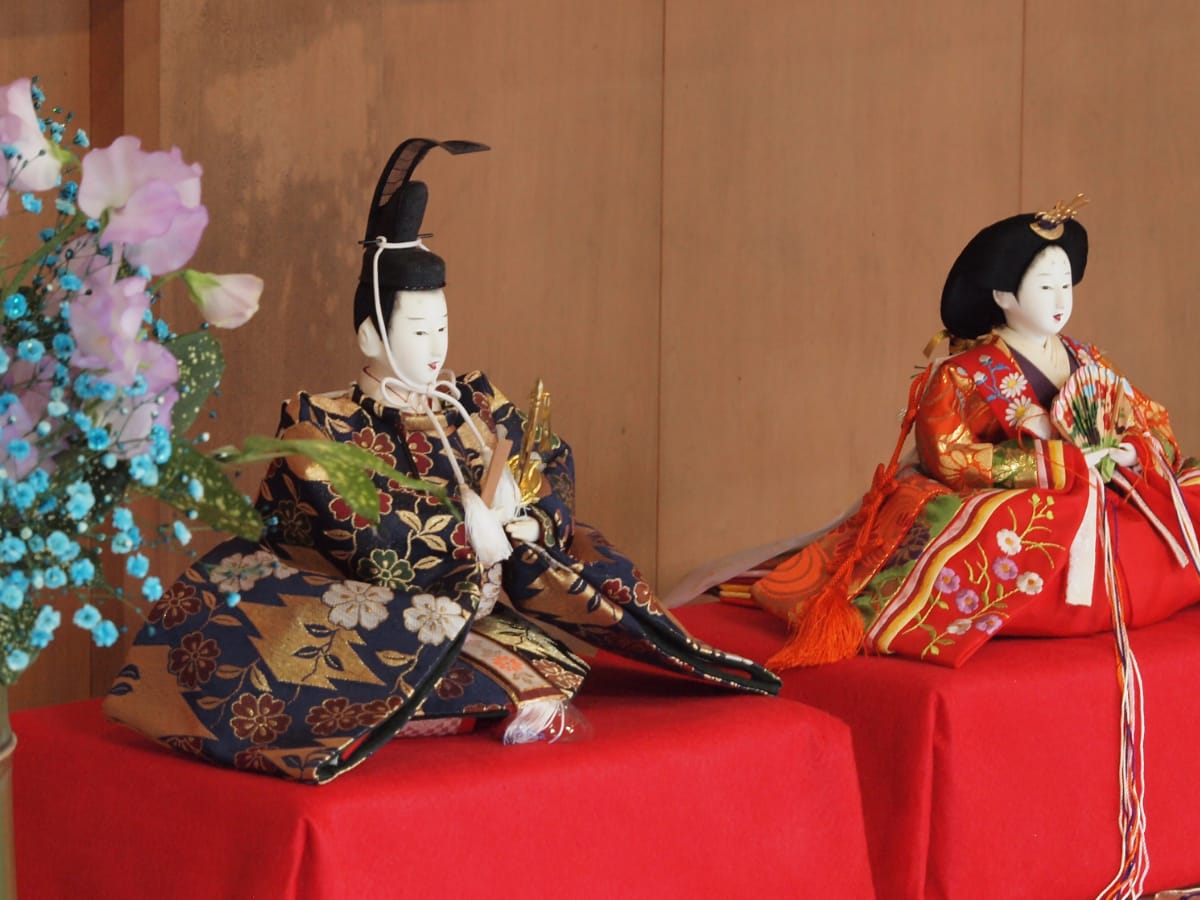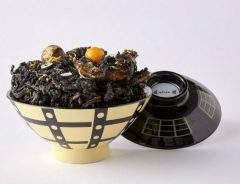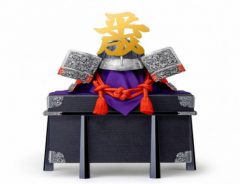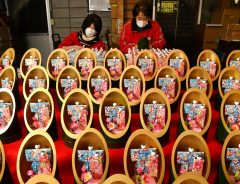
Source: coniferconifer | © Flickr.com
UK Museum sets up Hinamatsuri dolls to celebrate the Japanese Festival
- Tags:
- Bristol / Dolls / Hinamatsuri / Museum / UK
Related Article
-

Celebrate Space Day With Black Hole Seafood Bowls And Galaxy Parfaits!
-

Evolving Pikachu plushie returns after selling out worldwide
-

Turn Open Wine Bottles Into Decorative Art With Handmade Kokeshi Wine Bottle Closures
-

Boy’s Day in Japan and Gogatsu Ningyo: May’s Warrior Dolls for Boys
-

[Hidden Wonders of Japan] A Shop in Hyogo Brings Dolls With a Twist for Girls’ Festival
-

Kit lets you build Japan’s famous tea-serving automaton from the Edo Period


Bristol Museum & Art Gallery has put up two sets of Hinamatsuri dolls in celebration of the Japanese festival. The display, which is sponsored by InsideJapan Tours, has been running since January 30th and is planned to continue until April 5th.
The museum, which is located in the southwest of England, houses four sets of Japanese dolls dating from the 1870s to the 1950s.
One such set, From the Shōwa era (1926-1989), belongs to a Miss Rosemary Bailey who was born in Japan. She was sent to England at a young age, and her parents gave her the dolls so that she could celebrate the festival in her new home. The display at the museum is currently split into two sections as they currently lack a large enough case to show the full set together. However, the museum hopes that in the future they will be able to put the full 5 tiered display up in a larger case.
A smaller sized, but more complete set of Hinamatsuri dolls dating from the 1920s is also on display, (donated by Isobel Elliot in 1976) and includes objects and furniture such as a clothes chest, a mirror, sewing box and a tea ceremony set with a tiny bamboo whisk.
In addition to the two sets of dolls on display, the event also includes a full-sized Kimono, which was dyed with the Yūzen technique where rice paste is used to stop the colours from bleeding into one another and a Japanese woodblock print of a complete Dolls Festival Display.
Hinamatsuri translates as Girl’s Day in English and is celebrated annually on the 3rd of March by families, although recently the celebration has also been seen displayed in shop windows and public spaces around Japan.
The festival involves setting up seven platforms, which are covered in a sheet of red, and displaying a set of ornamental dolls on each platform.
The dolls that are displayed represent a wedding of a Heian era Emperor and Empress, along with a procession of their attendants and entertainers. Before a girl’s first Hinamatsuri, parents normally ensure that they have at least the two main dolls, and normally continue to add to the collection as she grows up. The dolls can be very expensive, and the number that a family has will depend on their income and budget, although it is common to have at least 5 tiers of the platforms. Girls offer small cakes and sake drinks to the dolls to bring good luck.
The display of the wedding often represents a family's future hopes and wishes for their daughter to grow happy and healthy. The dolls are usually put away as soon as the festival is over, to ward off the superstition that the girl will suffer getting married late or not at all.
Girls older than 10 do not normally continue to display the dolls, instead, celebrating the festival with their friends at parties. Food eaten at the festival parties include flower blossoms, rice cakes, rice crackers, sushi, and clam soup. Festival participants also normally drink the non-alcoholic sake, amazake.
The festival was previously held on a particularly auspicious date in the Chinese calendar, but after the adoption of the Gregorian calendar, it was fixed to the 3rd of March. The original date of the festival also happened to be around the time that plum trees would blossom, leading to the nickname momo no sekku 桃の節句 (The Peach Festival). Peaches continue to remain a symbol for the festival, despite the change in dates.
The first ever known record of a display of the dolls dates to 1625 as part of the Peach festival celebration held for the Emperor Go-mizunoo's second daughter, Okiko. When the princess succeeded as Empress Meishō following her father’s passing, the holiday was officially named hinamatsuri 雛祭り in 1687 and has been held annually by Japanese families for the past 400 years.
The doll display being held in the UK can be seen on the top floor of Bristol Museum & Art Gallery. The venue is located in the centre of the city at the top of Park Street and is open from Tuesday to Sunday 10 am - 5 pm. Please note the entrance to the event is free, although the museum accepts donations. For more information, please visit the Hinamatsuri page on the museum's website.